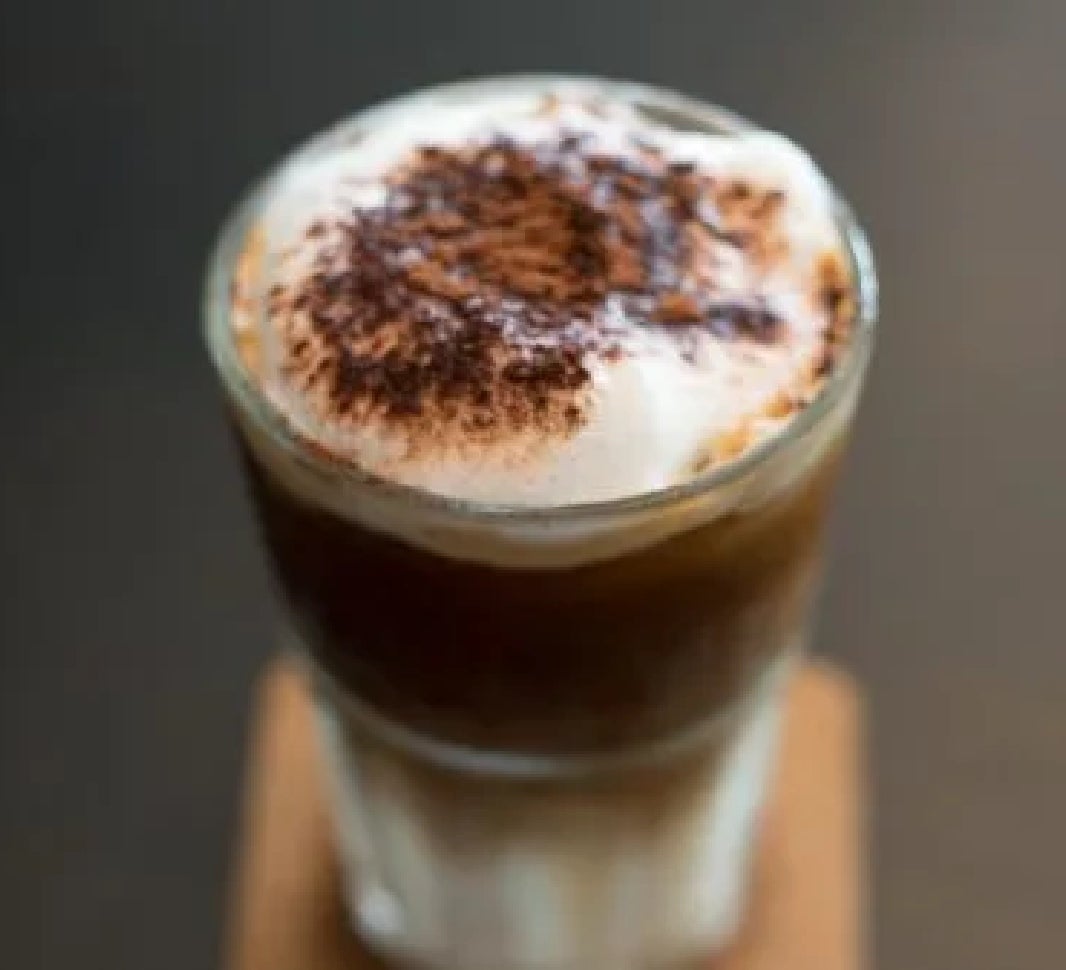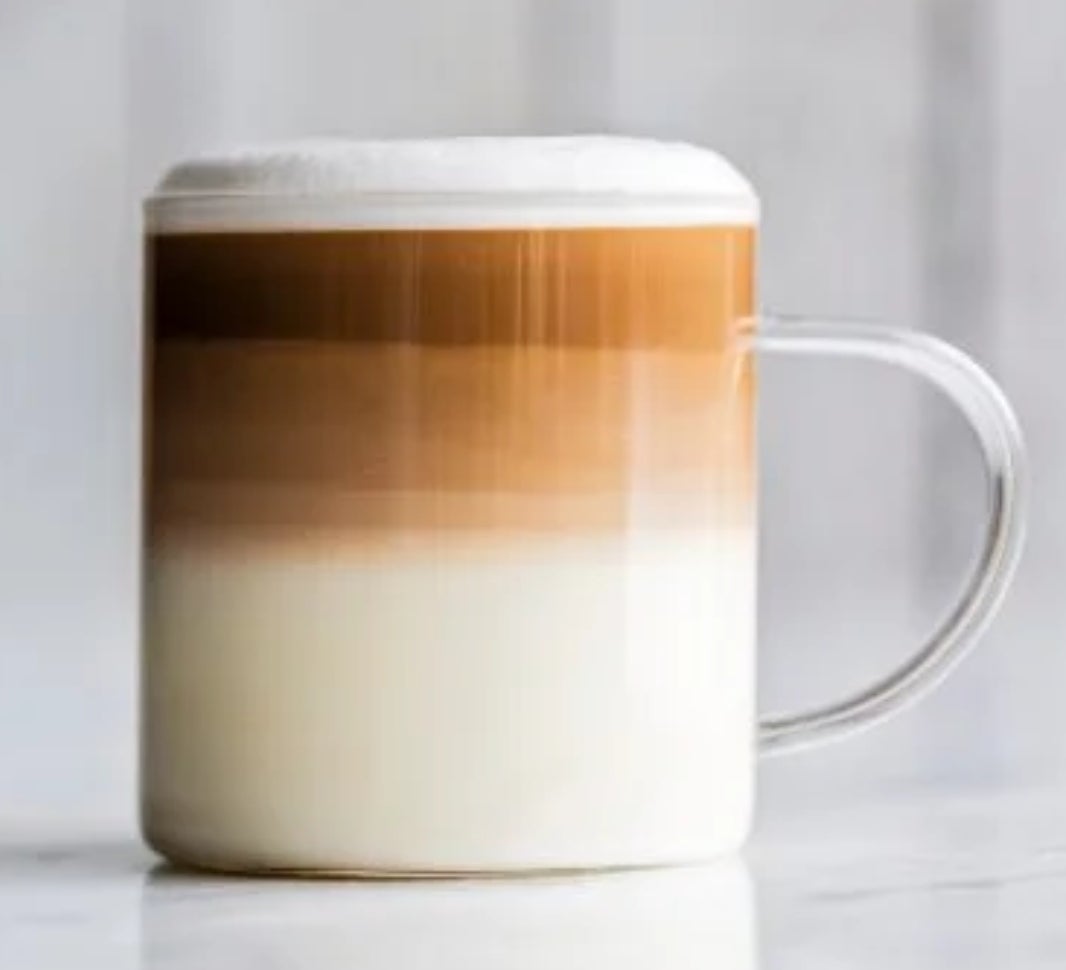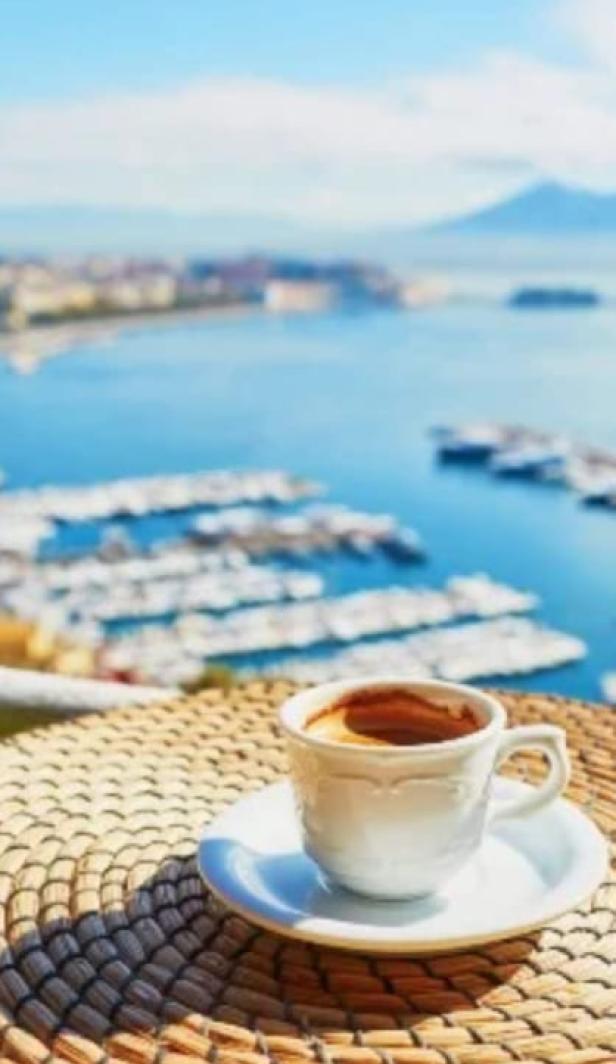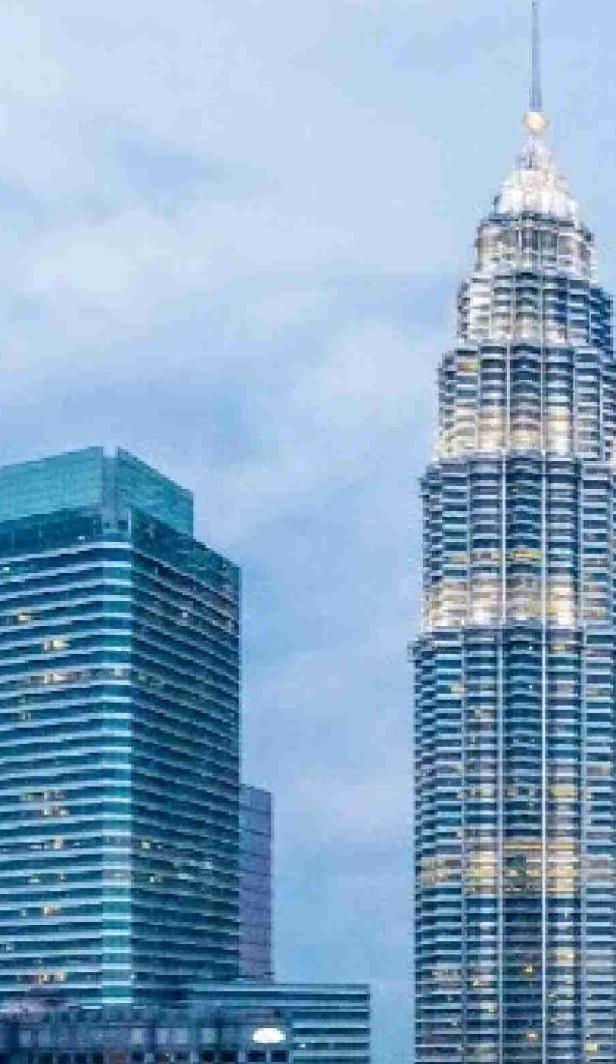History of Austrian coffee
Coffee’s first appearance in the country can be traced back to the exact year of 1683, when Turkish invaders were forced to leave by Allied Forces head by the Polish Habsburg Army. It’s said that they left in such a hurry, they left some of their belongings, of which included sacks of what appeared to be small brown pellets. Confused by this discovery, it was originally thought that the sacks contained camel food and they were very nearly burnt if it were not for Polish King Jan III Sobieski who gave the beans to an officer called Jerzy Franciszek Kulczycki. Spending some time experimenting with the beans, he thought to add milk and sugar to the bizarre pellets and with that, he discovered coffee and opened Vienna’s first ever coffee house.
Vienna coffee houses
One thing to note about Vienna coffee houses is that they’re very old (some of the oldest, in fact) and incredibly elegant. Expect high ceilings, stunning chandeliers, smartly dressed waiters and a diverse range of people that can include everything from writers to friends catching up. Regular customers to Viennese coffee houses are called ‘stamgast’ and are treated with the utmost respect, staff will know their order by heart, preferred table and some will even go above and beyond and ensure it’s reserved at their usual calling time.
When it comes to the act of serving coffee, it’s almost always presented on a small silver tray with a glass of water and occasionally a small chocolate alongside it.
Austrian coffee types
When visiting a Viennese coffee house, if you simply try to order ‘coffee’, it’s highly likely your smartly dressed waiter will meet you with a look of disdain. One of the reasons for this is that in Austria, there’s a huge variety of coffee types!
Check out some of the most popular you’ll encounter below - don’t worry though, most Viennese coffee houses include English menus so you won’t need to remember all of these!
What is it?
Kleiner brauner
The means ‘little brown’ and as such, it’s a bit like an espresso and is served in a small cup with milk or cream on the side for you to add as you like.

What is it?
Grosser brauner
Grosser brauner is ‘big brown’ which is the same as a Kleiner brauner, just in a big cup.

What is it?
Kleiner Schwarzer
Meaning ‘little black’, a Kleiner Schwarzer is a single espresso in a small cup. It can also be served short, which is where less water is added to the coffee.

What is it?
Grosser Schwarzer
Grosser Schwarzer means ‘large black’, which is essentially a double espresso.

What is it?
Melange
Melange is one of the most popular Austrian coffee types. Served in a large glass or cup, this coffee contains more water and part milk and part foam.

What is it?
Franziskaner
This Viennese coffee type is a melange with whipped cream and cocoa powder on top.

What is it?
Kapuziner
A Kapuziner is a double shot of espresso and cream.

What is it?
Einspänner
This is a black coffee, served in an Einspänner glass with plenty of whipped cream on top. The name actually comes from the word for a carriage driving system which leaves one hand free for holding a coffee. It’s said that the cream was added to keep the drink well insulated so the driver could enjoy it on chilly nights.

What is it?
Verlängerter
Meaning ‘an extended one’ a verlängerter is like a Grosser brauner, but weaker. It’s served in a large cup and can either be black or with cream and sugar.

What is it?
Kaffee Verkehrt
This Austrian coffee type is 1/3 black coffee and 2/3 hot milk and foam.

What is it?
Kleiner Schale Gold
An espresso with hot milk and foam, served in a small cup.

The above list of Austrian coffee types is non-exhaustive and you may discover even more! Each blend is delicious in its own right and if you’re up to the challenge, why not try a coffee crawl of the capital and sample each type along the way?
Now you know all there is to know about Viennese coffee, keep the journey going and explore other coffee hotspots around the world with our guide to German coffee.
Today’s community favourites




